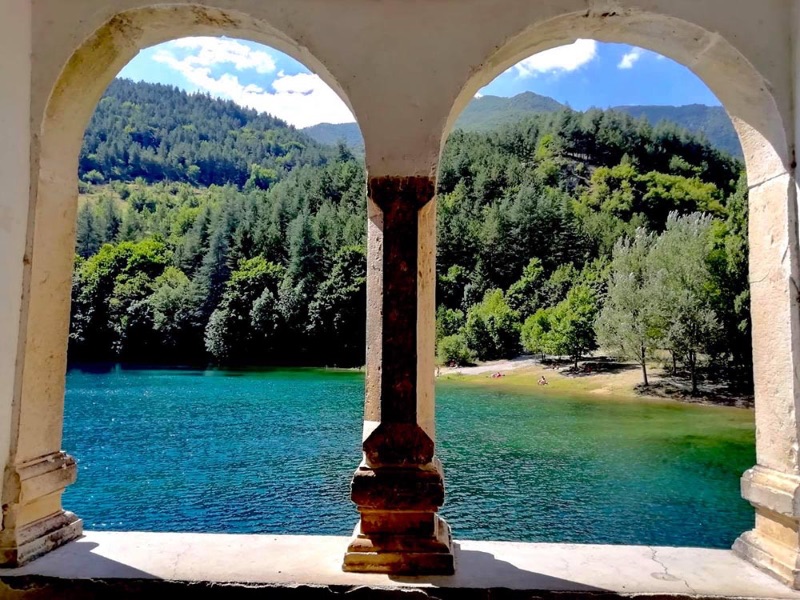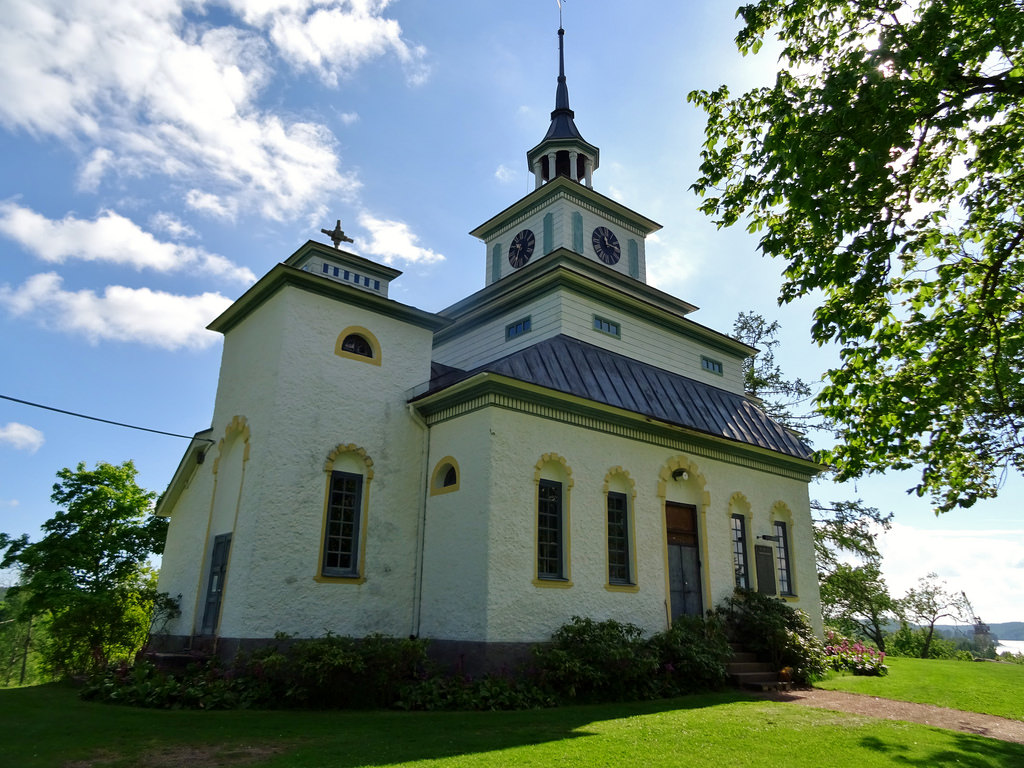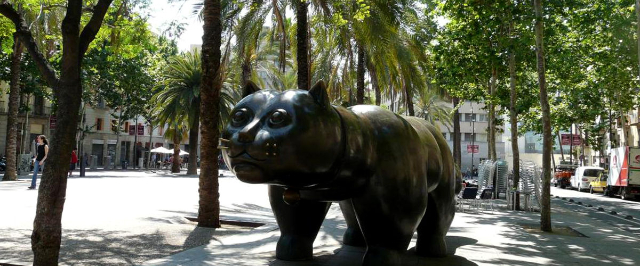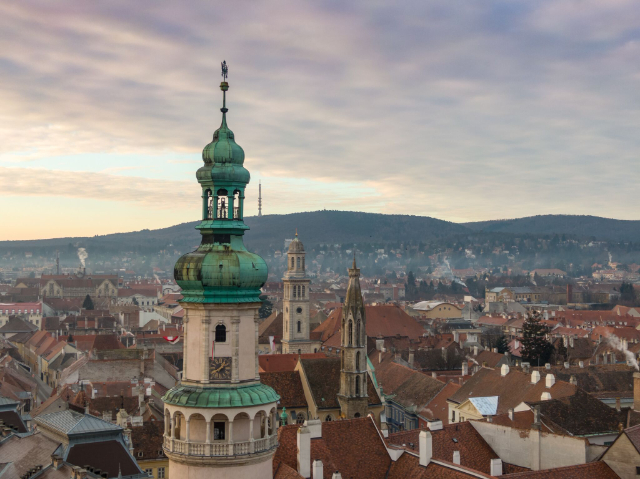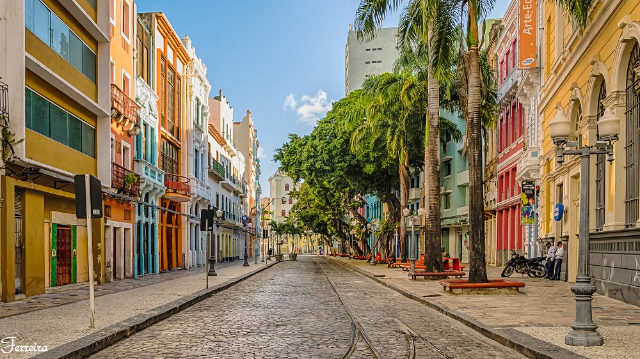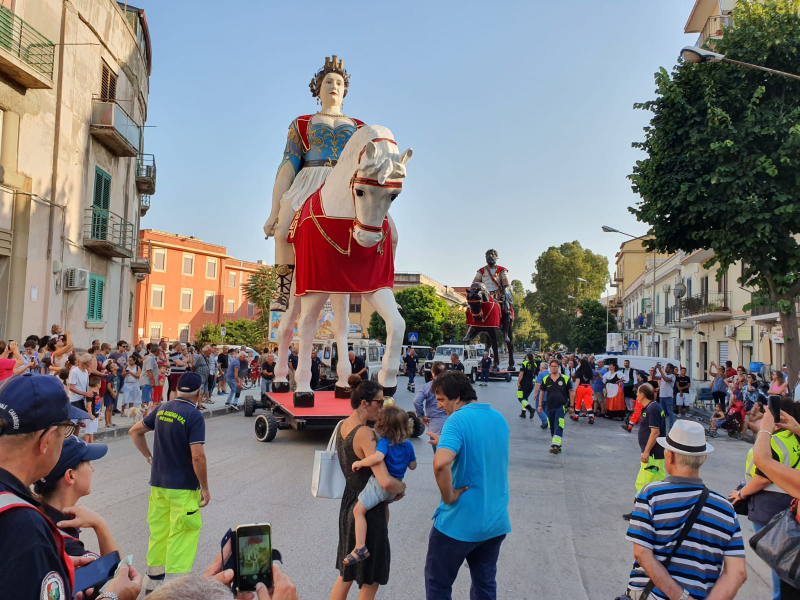The hermitage of San Domenico is a small church, located in the territory of the municipality of Villalago (AQ), in the Sagittario valley, on the shore of the homonymous Lake of San Domenico. It includes a cave dug into the limestone rock, in which, according to tradition, around the year 1000 lived the Benedictine monk St. Dominic. San Domenico came from Sora, and was hosted in the Benedictine monastery of San Pietro de Lacu, now disappeared; later he also went to the nearby Cocullo, where he cured a girl bitten by a snake. Near the road he also tamed a wolf that had kidnapped an infant from its cradle, while its parents were chopping wood in the woods. And the miracle was reproposed in votive paintings on the portico of the hermitage.
The actual hermitage was built around the 15th century, when the cult of Saint Dominic spread. Before the construction of the dam and the consequent formation of the lake in 1929, the hermitage had a different exterior, with a mullioned portico and a recessed facade with a large window, and was accessible by a medieval bridge in a serious state of preservation. A new stone bridge in mock-medieval style was built with the dam and the facade of the hermitage was rebuilt. The access to the sanctuary is through a small portico embellished by a mullioned window, richly decorated, which offers a magnificent view of the lake. Inside the portico are paintings depicting four miracles attributed to the Saint: the miracle of the broad beans, the child returned from the wolf, the transformation of the greedy man’s fish into snakes and the boy who fell from the oak tree. The portal of the church, finely worked with floral motifs, seems to have previously belonged to the Monastery of St. Peter. Inside the church there is a fresco of the Madonna and Child and, behind the altar, the statue of San Domenico. Immediately to the right of the entrance a small door leads to the most ancient and suggestive cultic area: the cave of the Saint. After a few flights of stairs, also carved into the rocky bank, you reach the narrow mouth of the cave closed by a low iron gate. On the left side there is a kind of tomb bordered by four pillars placed at the sides of the rectangle: it is the bed of the Saint, where he rested lying on some wooden beams. In the last centuries the hermitage has undergone numerous restorations and partial reconstructions, especially during the 18th century and at the beginning of the 20th century, with the construction of the adjacent dam.
